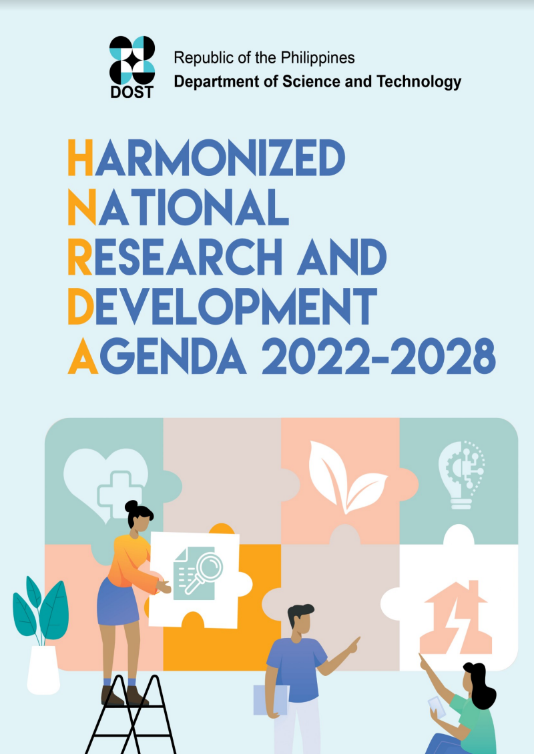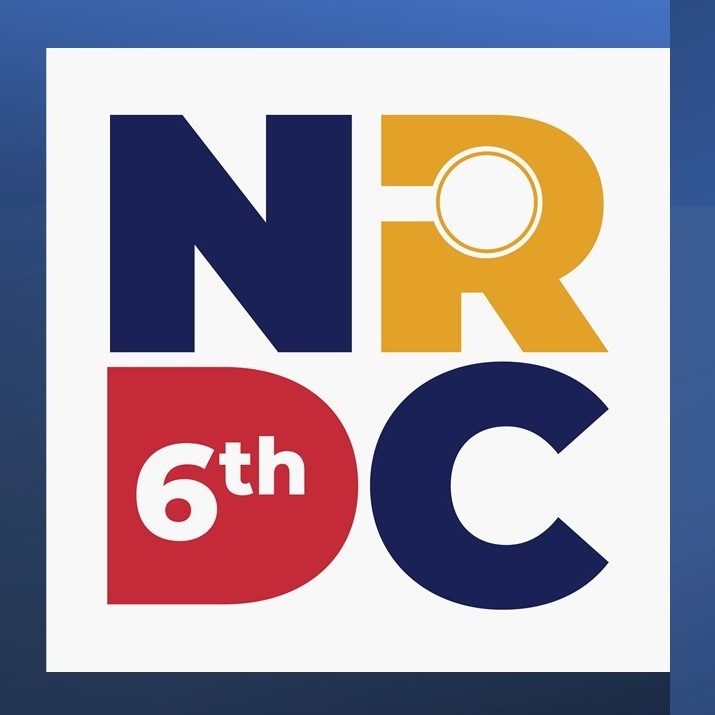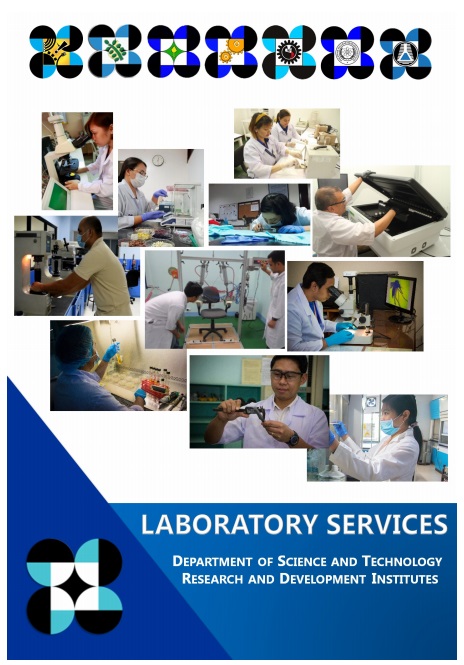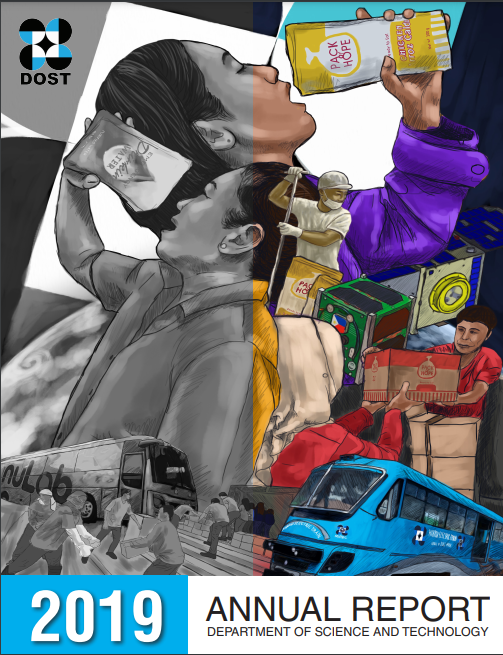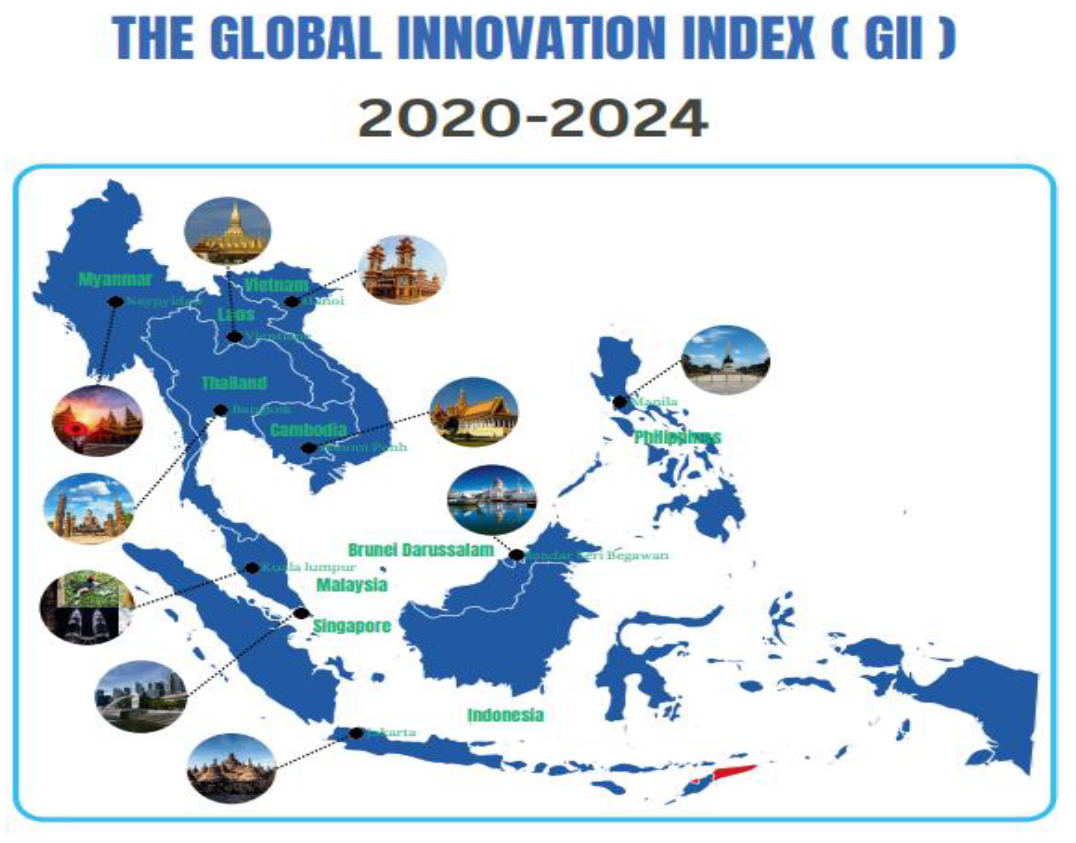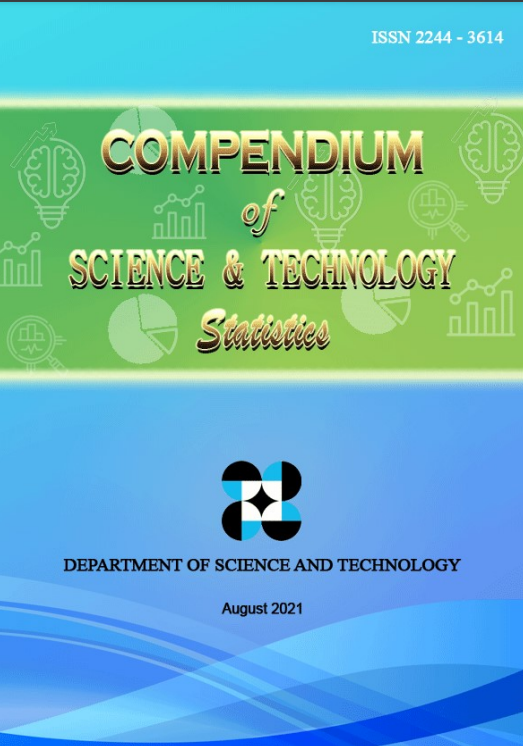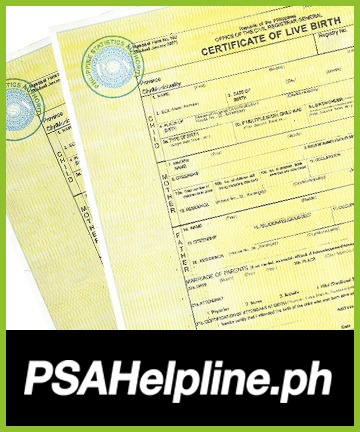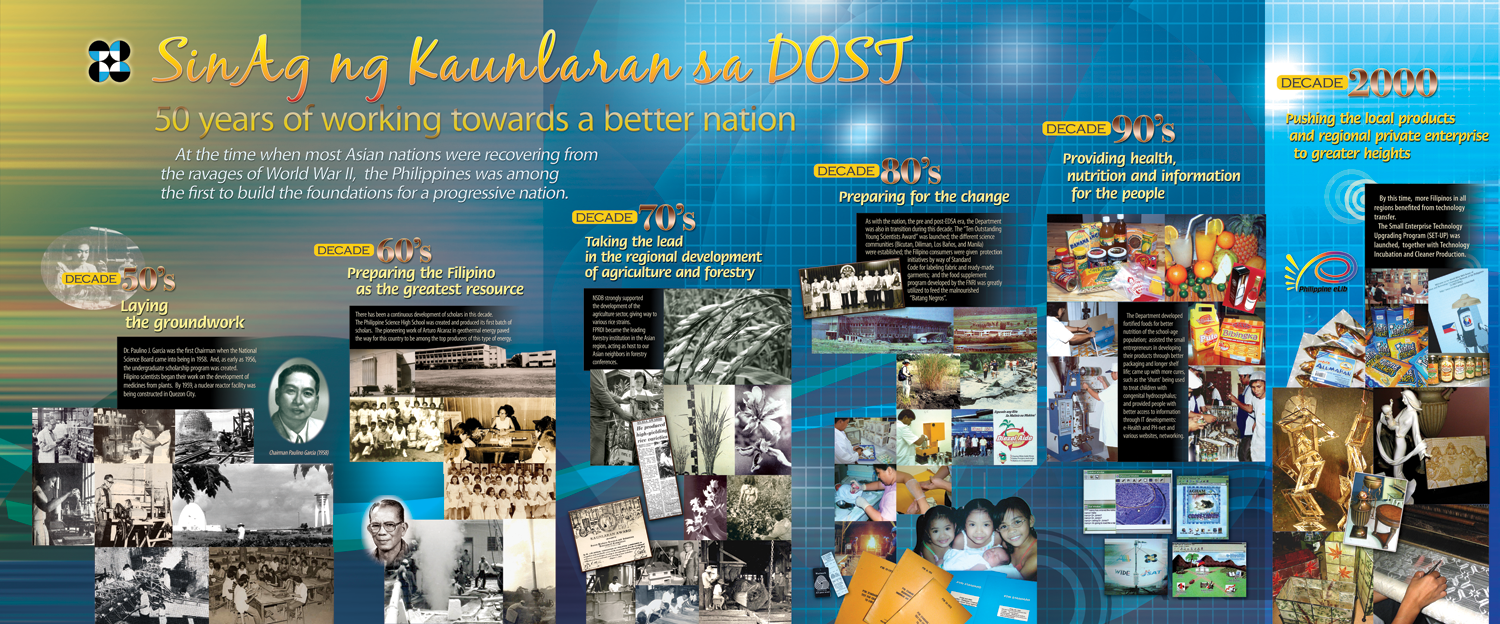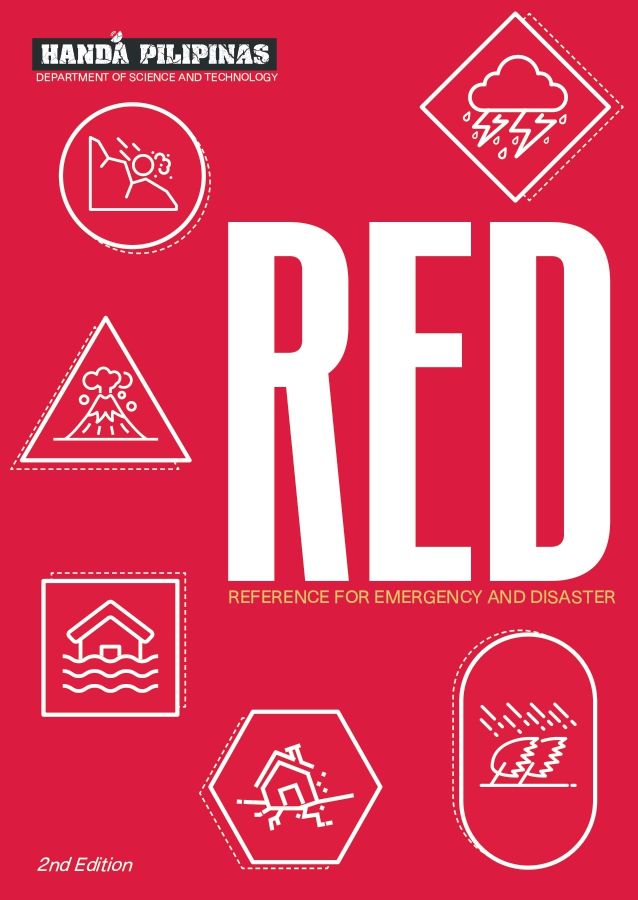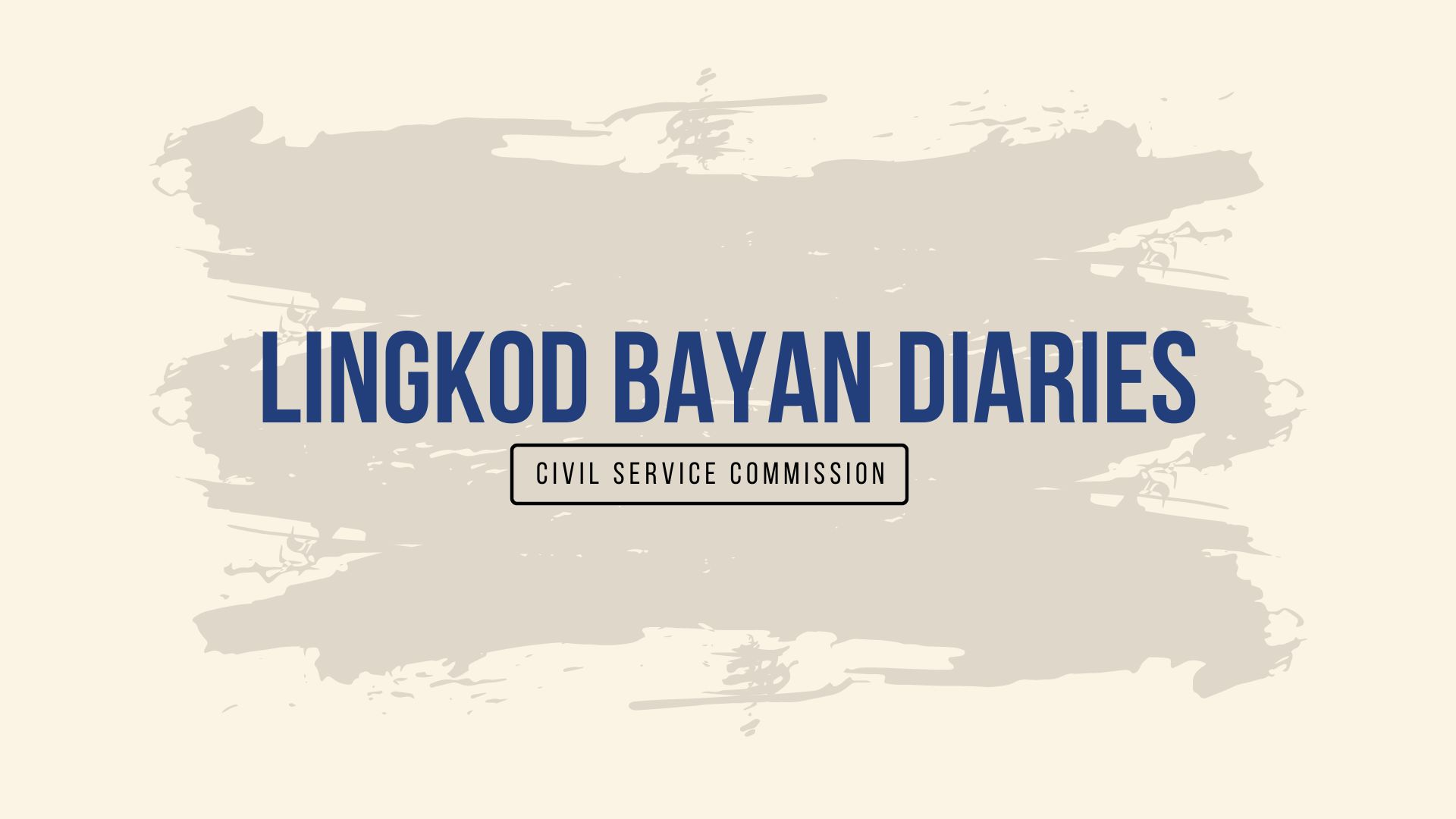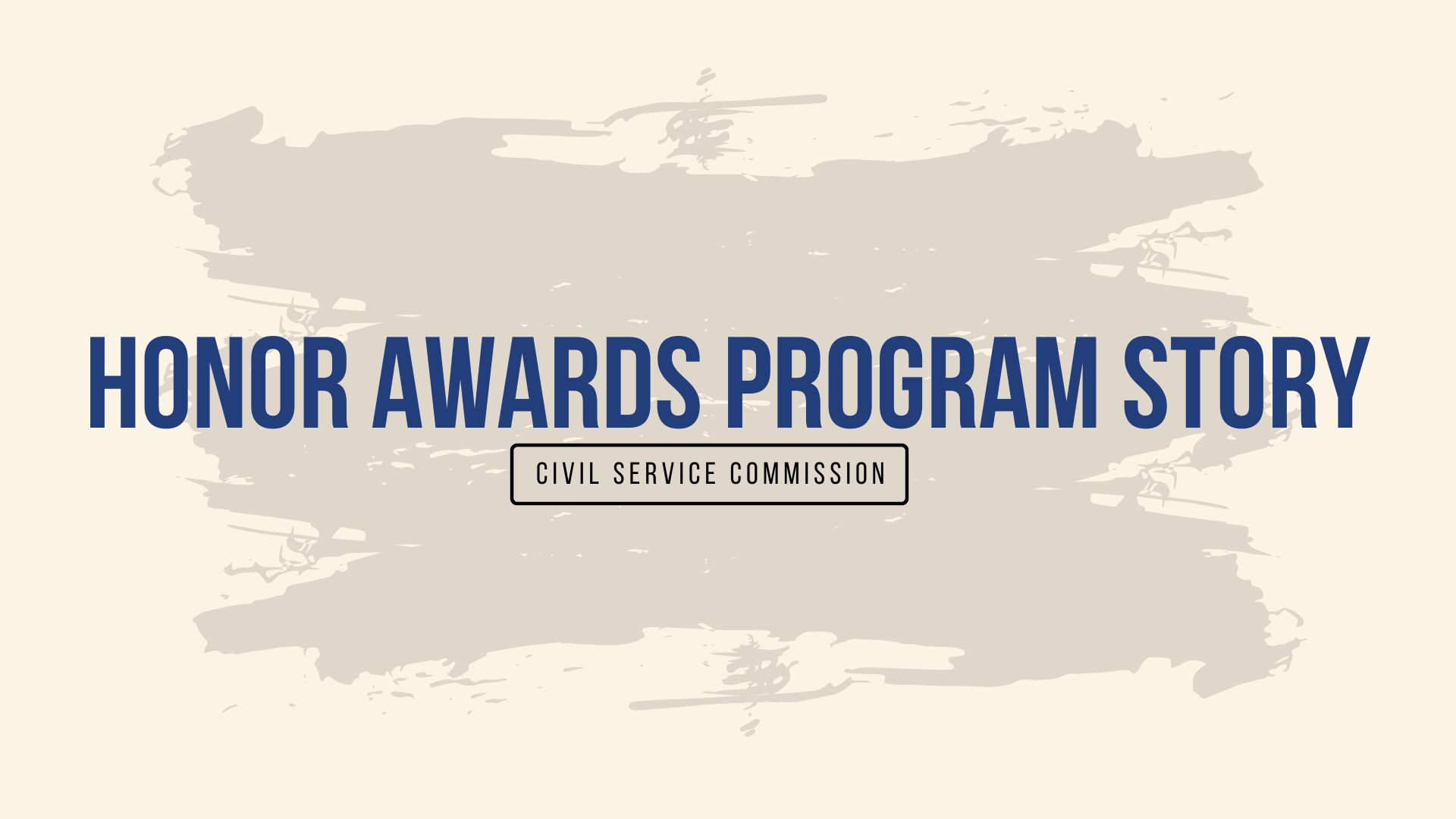- Details
- Hits: 158544
MANDATE
Provide central direction, leadership and coordination of scientific and technological efforts and ensure that the results therefrom are geared and utilized in areas of maximum economic and social benefits for the people.
MISSION
To direct, lead, and coordinate the country's scientific, technological, and innovative efforts geared towards maximum economic and social benefits for the people.
VISION
DOST as the leading enabler and provider of science, technology, and innovation (STI) explicit solutions towards national development.
- Details
- Hits: 62141

Excellence, Relevance, Cooperation and Cost-effectiveness
| The logo of the Department of Science and Technology (DOST) consists essentially of four circles joined together side by side to form a square. The circles symbolize unit particles, the building blocks of nature which are the subject and substance of science and technology. The circle design gives an illusion of movement signifying progress through Science and Technology. | |
| • | The space in the center of the joined circles forms a four-pointed star symbolic of scientific creativity. |
| • | The logo' s three-color scheme represents the unknown(black), truth and enlightenment (white) and progress (blue). |
| • | The logo's four circles represent the four guiding principles in our S&T development: Excellence, Relevance, Cooperation and Cost-effectiveness |
- Details
- Hits: 84731
Originally established as the National Science and Development Board (NSDB) on 13 June 1958, it was reconstituted as the National Science and Technology Authority (NSTA) on 17 March 1981 with the vision of "A competent and competitive science and technology community with a social conscience."
With the agency's elevation to full cabinet stature by virtue of Executive Order 128 signed on 30 January 1987, the functions and responsibilities of DOST expanded correspondingly to include the following:
- Pursue the declared state policy of supporting local scientific and technological effort
- Develop local capability to achieve technological self-reliance
- Encourage greater private sector participation in research and development
The Department of Science and Technology (DOST) is the premiere science and technology body in the country charged with the twin mandate of providing central direction, leadership and coordination of all scientific and technological activities, and of formulating policies, programs and projects to support national development.
|
The Department through the years... |
||
| 1958 | - |
Congress passes a law establishing the National Science Development Board (NSDB) upon the recommendation of Dr. Frank Co Tui, who was tasked to survey the state of Philippine S&T during the Garcia administration;
|
| 1982 | - |
NSDB revamped as the National Science and Technology Authority (NSTA) and accorded broader policy-making and program implementing functions;
|
| 1987 | - |
NSTA elevated to Cabinet level and becomes the DOST in response to increasing demands for S&T intervention in national development.
|
EO-128
"The DOST shall provide central direction, leadership and coordination of scientific and technological efforts and ensure that the result there geared and utilized in area of maximum economic and social benefits for the people"
- Details
- Hits: 71666
|
FUNCTIONS |
|
|
1.
|
Formulate and adopt a comprehensive National Science and Technology Plan, and monitor and coordinate its funding and implementation; |
|
2.
|
Promote, assist and, where appropriate, undertake scientific and technological research and development in areas identified as vital to the country's development; |
|
3.
|
Promote the development of indigenous technology and the adaptation and innovation of suitable imported technology, and in this regard, undertake technology development up to commercial stage; |
|
4.
|
Undertake design and engineering works to complement research and development functions; |
|
5.
|
Promote, assist and, where appropriate, undertake the transfer of the results of scientific and technological research and development to their end-users; |
|
6.
|
Promote, assist and, where appropriate, undertake the technological services needed by agriculture, industry, transport, and the general public; |
|
7.
|
Develop and maintain an information system and databank on science and technology; |
|
8.
|
Develop and implement programs for strengthening scientific and technological capabilities through manpower training, infrastructure and institution-building; |
|
9.
|
Promote public consciousness in science and technology; and |
|
10.
|
Undertake policy research, technology assessment, feasibility and technical studies. |












